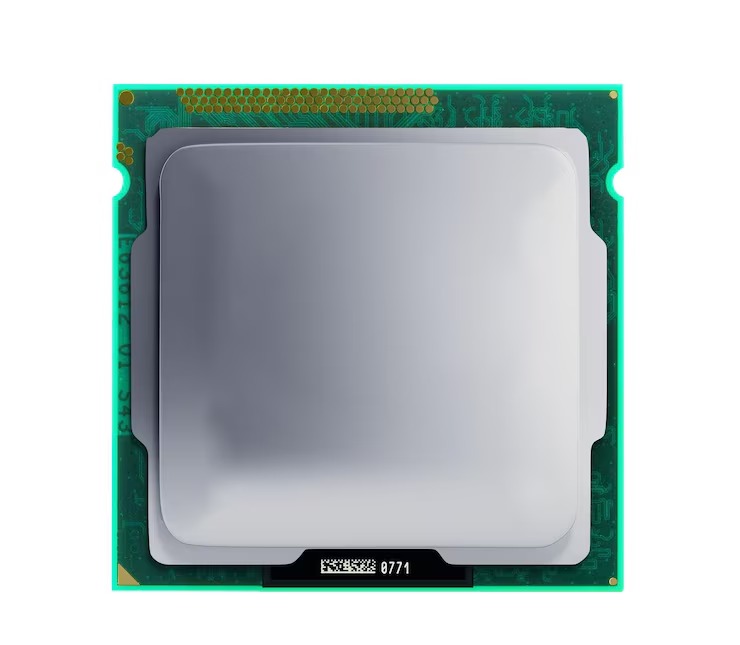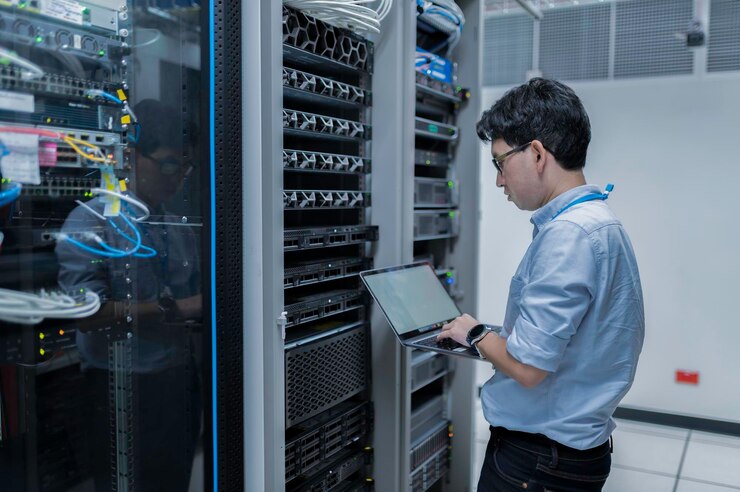How Technology Is Changing Tech
The technology sector is in a constant state of evolution, but what’s particularly fascinating today is how technology itself is reshaping the very industry that creates it. From development methodologies to hardware breakthroughs, the tools and processes that define tech are being reinvented by the innovations they enable. Here’s a closer look at the forces driving this transformation.
The Rise of Decentralized Development
Traditional software development once relied on monolithic architectures and centralized teams. Today, decentralized frameworks and open-source collaboration are redefining how products are built. Platforms like GitHub have democratized coding, allowing developers worldwide to contribute to projects asynchronously. This shift has accelerated innovation while reducing reliance on single corporate entities.
For example, blockchain technology—originally designed for cryptocurrencies—is now influencing software distribution. Decentralized applications (dApps) operate without intermediaries, offering greater transparency and security. This model is spreading beyond finance into areas like supply chain management and digital identity verification.
Actionable Insight:
If you’re a developer, explore decentralized tools like Git or contribute to open-source projects. Familiarity with these ecosystems will future-proof your skill set.
Hardware Innovations Driving Software Possibilities
Advancements in hardware are unlocking new frontiers for software capabilities. Quantum computing, though still in its infancy, promises to solve complex problems exponentially faster than classical computers. Companies like IBM and Google are already offering cloud-based quantum processors for experimental use.
Meanwhile, edge computing is decentralizing data processing by bringing computation closer to data sources. This reduces latency and bandwidth use, enabling real-time analytics for IoT devices. For instance, smart cities now leverage edge computing to process traffic data locally, improving response times for adaptive signal systems.
Actionable Insight:
Stay informed about emerging hardware trends. Even if you’re not an engineer, understanding their implications can help you anticipate shifts in software development and infrastructure needs.
The Evolution of User Interfaces
User interfaces (UIs) have evolved from command-line inputs to touchscreens—and now, to voice and gesture controls. Natural language processing has made conversational UIs mainstream, with virtual assistants like Siri and Alexa becoming household staples. Meanwhile, augmented reality (AR) is blending digital and physical interactions, as seen in apps like IKEA Place, which lets users visualize furniture in their homes before purchasing.
These changes are pushing designers to rethink usability. Accessibility is now a priority, with tools like screen readers and voice navigation becoming standard features rather than afterthoughts.
Actionable Insight:
If you design or develop UIs, prioritize accessibility and multimodal interactions. Testing with diverse user groups ensures your product remains inclusive as interfaces evolve.
Data Privacy and Ethical Tech
Growing awareness of data privacy has forced the tech industry to adapt. Regulations like GDPR and CCPA have set new standards for user consent and data handling. In response, companies are adopting privacy-by-design principles, embedding protections into products from the outset.
Encryption technologies, such as end-to-end encryption in messaging apps, are becoming commonplace. Even browsers like Brave now emphasize tracker blocking by default, reflecting a broader shift toward user-centric data policies.
Actionable Insight:
Review your data practices regularly. Whether you’re a startup or an established firm, transparent data policies can build trust and ensure compliance with evolving regulations.
The Role of Sustainability in Tech
Environmental concerns are influencing tech at every level. Data centers, once notorious for high energy consumption, are transitioning to renewable energy sources. Apple, for instance, now powers all its facilities with 100% clean energy. Meanwhile, modular smartphones like Fairphone are challenging the throwaway culture by offering repairable, upgradable devices.
Software, too, is becoming greener. Developers are optimizing code to reduce energy usage, and cloud providers are offering carbon footprint tracking tools to help businesses monitor their impact.
Actionable Insight:
Consider sustainability in your tech decisions. Opt for energy-efficient hosting, support circular economy initiatives, and advocate for greener practices within your organization.
Conclusion: Embracing the Change
Technology’s influence on its own industry is a testament to its recursive nature. As tools improve, they redefine the boundaries of what’s possible, creating a feedback loop of innovation. For professionals and enthusiasts alike, staying adaptable is key. By understanding these shifts and proactively integrating new paradigms, you can navigate—and even lead—the ongoing transformation of tech.



